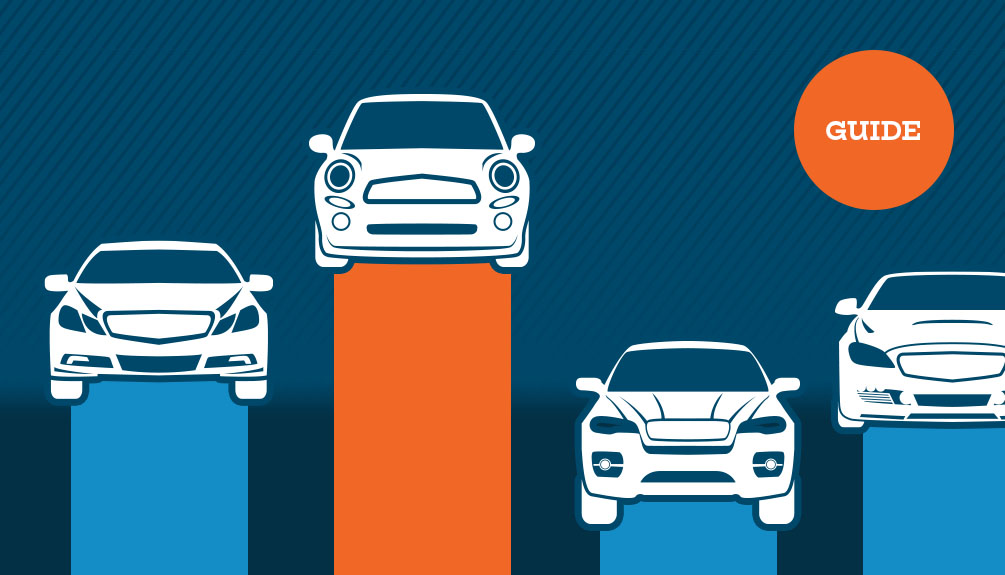The 17-digit Vehicle Identification Number (VIN) is your car’s unique identifier: once you decode and trace it, you expose every potential flood, collision, theft report, title blemish, and ownership change the vehicle has ever carried. Skipping that homework can saddle you with hidden structural damage, relentless electrical gremlins, and paperwork nightmares that make resale or even registration a chore. In today’s data-rich market, a buyer who doesn’t trace the VIN is gambling on the car’s history not including one or more negative incidents.
How does the VIN system work and what information does the VIN contain?
Congress standardized the VIN in 1981 so every passenger vehicle sold in the United States would carry an unambiguous identity. The first three characters reveal where and by whom the vehicle was built, and the next five characters outline body style, engine family, and major safety gear. The last eight cover model year, assembly plant, and a build-sequence serial number. The ninth digit is a mathematically generated check digit; if that number doesn’t align with the others, the plate was almost certainly doctored.
What are the most reliable sources for conducting VIN traces in the United States?
Start with an NMVTIS-approved provider, such as iSeeCars’
VIN History
Reports, because that federal database pulls real-time title and salvage data straight from state DMVs, insurers, and dismantlers. Services like
Carfax
or
AutoCheck
layer NMVTIS feeds with auction run lists, police reports, and maintenance logs, giving you the broadest lens. The free NICB
VINCheck
tool is useful for ruling out theft or total-loss salvage but is far too shallow to serve as your only gatekeeper.
What types of critical information can VIN tracing reveal about a vehicle's history?
A thorough trace surfaces big-ticket red flags — frame-bending crashes, chronic flood corrosion, odometer rollbacks, branded titles — and subtler patterns such as skipped oil changes or repeated air-conditioning repairs. Those details don’t just predict future repair bills; they dictate the interest rate a lender will offer and whether an insurer will even write a policy.
How can you identify and avoid VIN fraud when purchasing a vehicle?
Fraudsters clone VINs from legitimate cars and weld counterfeit plates onto stolen twins. Inspect every stamped location — dashboard, A-pillar, door jamb, engine block — and make sure fasteners, rivets, and fonts match factory specs. Any discrepancy in the VIN between these locations means you walk away, no matter how perfect the paint looks.
What legal implications should you understand regarding VIN tracing?
Federal privacy rules limit access to personal car owner data, but decoding and history checks that track the vehicle’s general location and number of owners remain fair game for buyers. State law is less uniform. Some states obligate dealers to disclose everything they know, while others embrace strict “buyer beware” policies. Know the local disclosure statutes and lemon-law windows before any purchase — verbal promises tend to evaporate once the ink dries.
How do insurance companies and law enforcement use VIN tracing?
Insurers mine VIN histories to price premiums, sniff out staged accidents, and deny dubious claims. Police databases cross-reference every traffic stop with national stolen-vehicle files, while federal task forces track VIN clusters to dismantle theft rings. If your prospective purchase wears a cloned or reported-stolen VIN, it can be seized on the spot, leaving you without both your purchase price and the car.
What are the limitations and potential inaccuracies of VIN tracing services?
Data isn’t uploaded instantly. An accident that happened last week may not surface for a month. Rural jurisdictions and small insurers sometimes report late or not at all. Repairs paid in cash rarely hit any database. Treat a “clean” report as a starting point, then backstop it with a pre-purchase inspection and, if possible, service receipts from the seller.
How does VIN tracing help with vehicle recalls and safety issues?
Plug a car’s VIN into NHTSA’s
recall portal
and you’ll know within seconds whether critical fixes — airbag inflators, fuel-pump modules, brake-hose failures — remain outstanding. Having those recalls addressed at a franchised dealer costs you nothing and prevents serious safety hazards, while documented proof of completion protects future resale value.
What steps should you take when conducting a thorough VIN trace?
Photograph and record the VIN from every factory stamp, verify the check digit calculation, then layer your research. Start with NICB for theft and total loss, graduate to an NMVTIS provider for title and accident data, and finally cross-check maintenance aggregators and OEM recall tools. Align (or question) any inconsistencies and never rush a deal that doesn’t let you complete these checks.
How do VIN tracing results affect vehicle valuation and insurance?
Clean histories command a premium. Branded titles, flood notes, or undisclosed accidents can slash a car’s value by 30% or more and spike insurance rates or trigger outright coverage refusals. Armed with a full VIN trace, you can negotiate price based on fact rather than hope, and you should walk if the seller won’t budge on the price after you identify a major issue(s) through your VIN trace.
What emerging technologies and trends are shaping the future of VIN tracing?
Blockchain pilots aim to lock every service record and title change into an unhackable ledger, while machine-learning algorithms already flag suspicious mileage jumps and cloned patterns in real time. That future isn’t universal yet, so old-fashioned diligence — vehicle inspections, history reports, state DMV checks — remain your best defense against buying a car with hidden problems.
How can businesses and dealers implement VIN tracing in their operations?
Smart dealers run every trade-in through layered history checks before finalizing its value as part of a vehicle purchase. Then they share those reports with potential buyers to build trust. Service shops pull VIN histories to anticipate hidden damage and tailor maintenance schedules, turning transparency into profit and customer loyalty.
What consumer protection measures exist for VIN tracing and vehicle history reporting?
The Fair Credit Reporting Act forces paid history providers to correct mistakes and, in many cases, buy back a vehicle if they miss a branded title. Several states tack on fines for sellers who hide known defects. Keep copies of every vehicle report you pull. They’re your evidence if you need to dispute errors or pursue legal remedies later.


































































